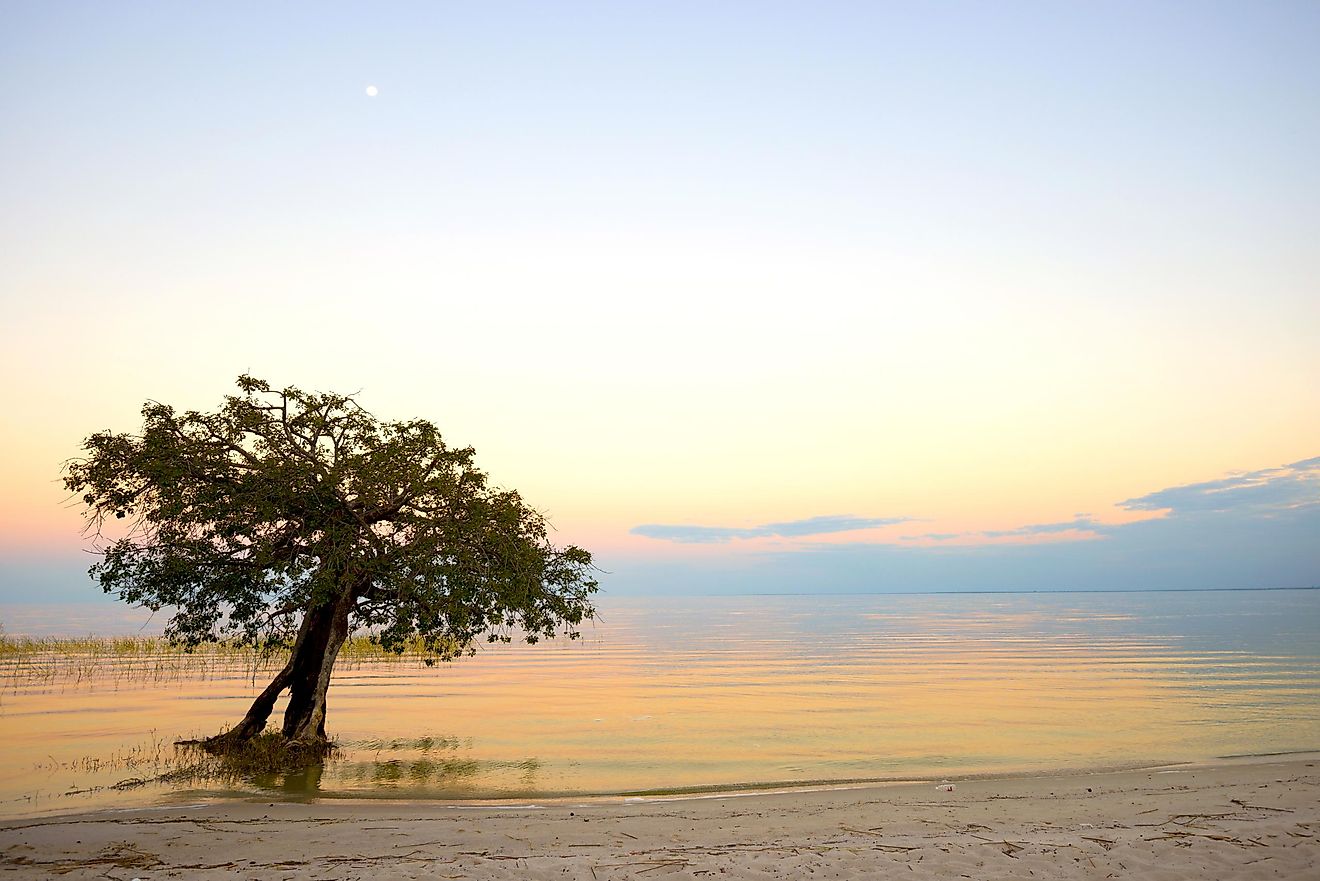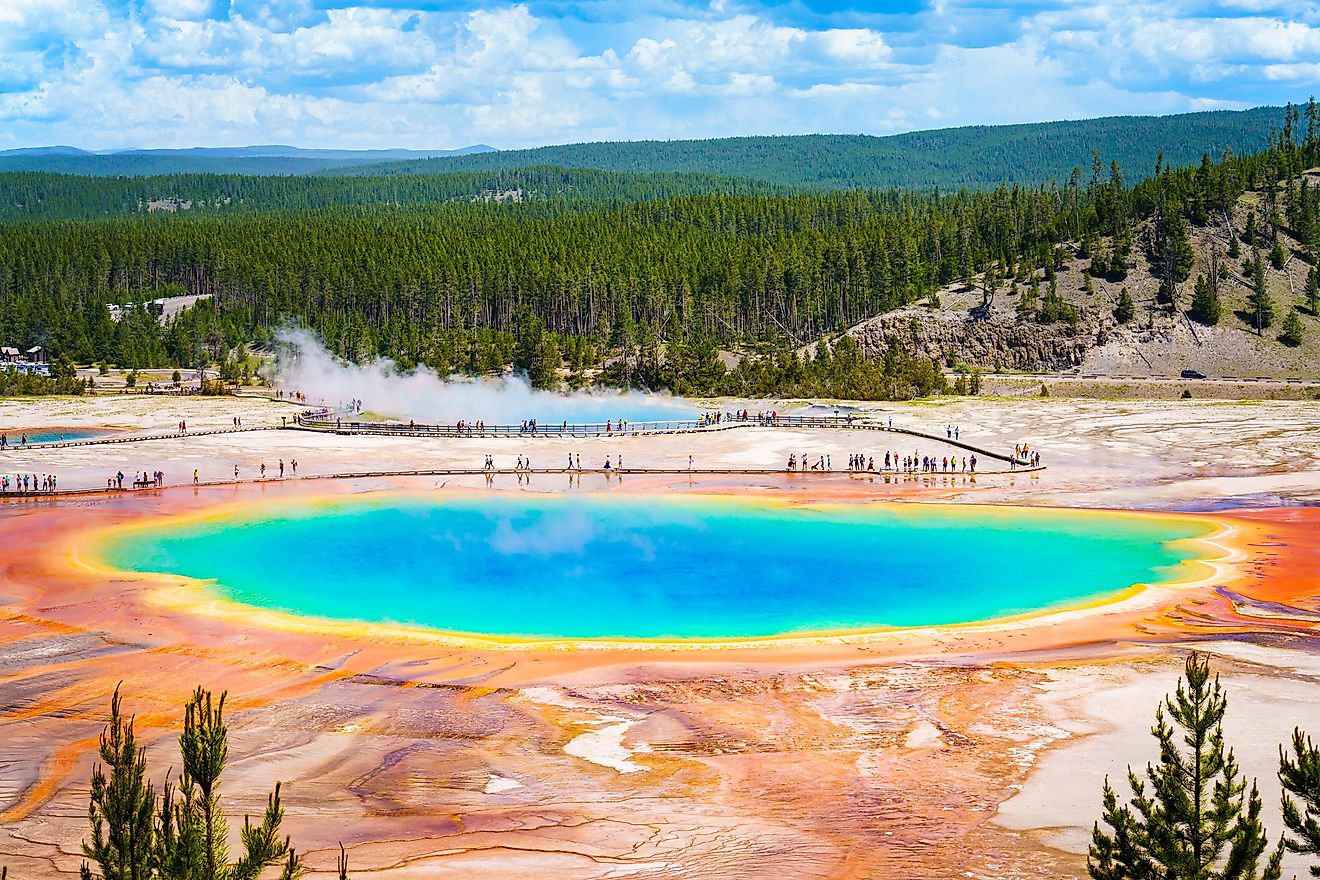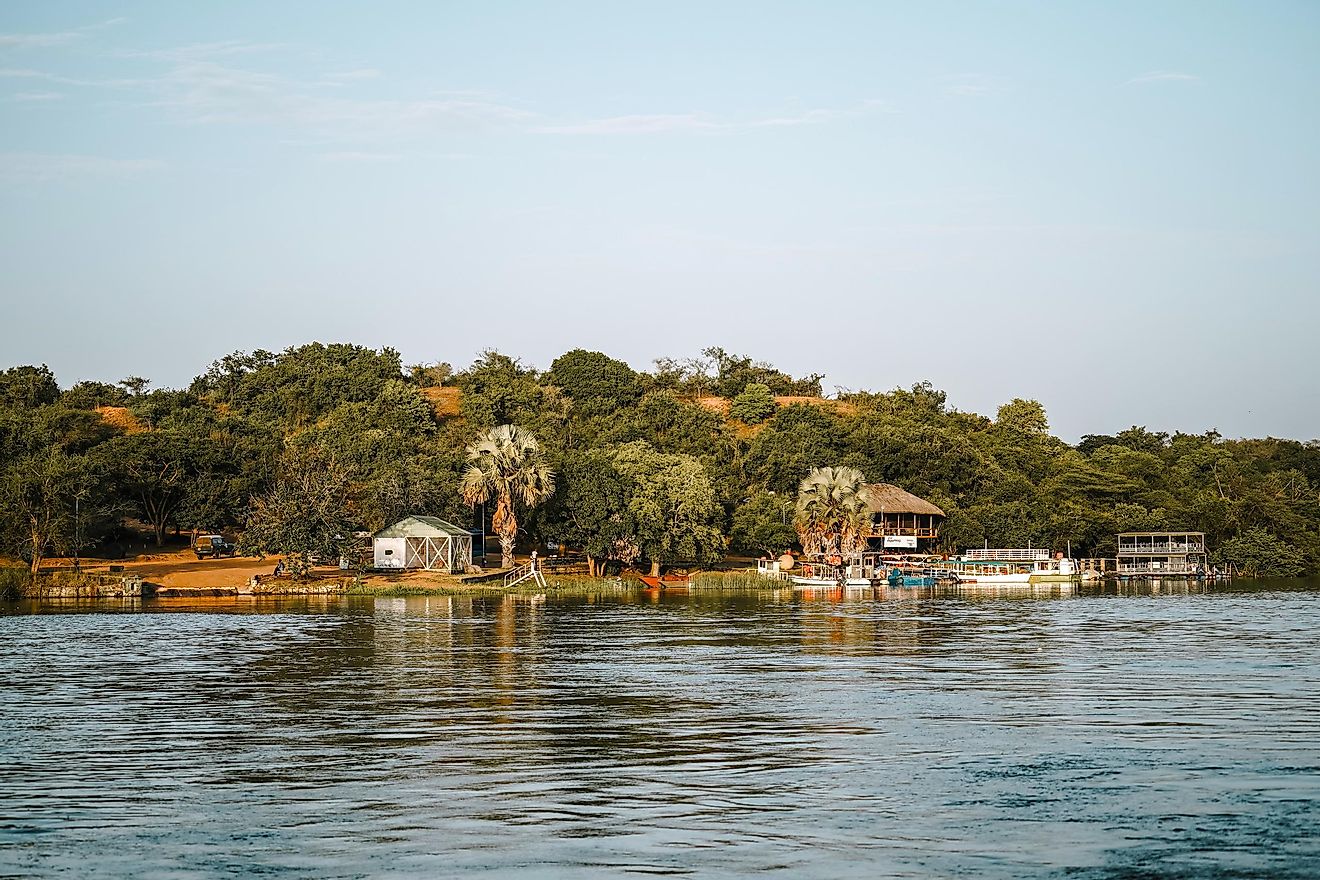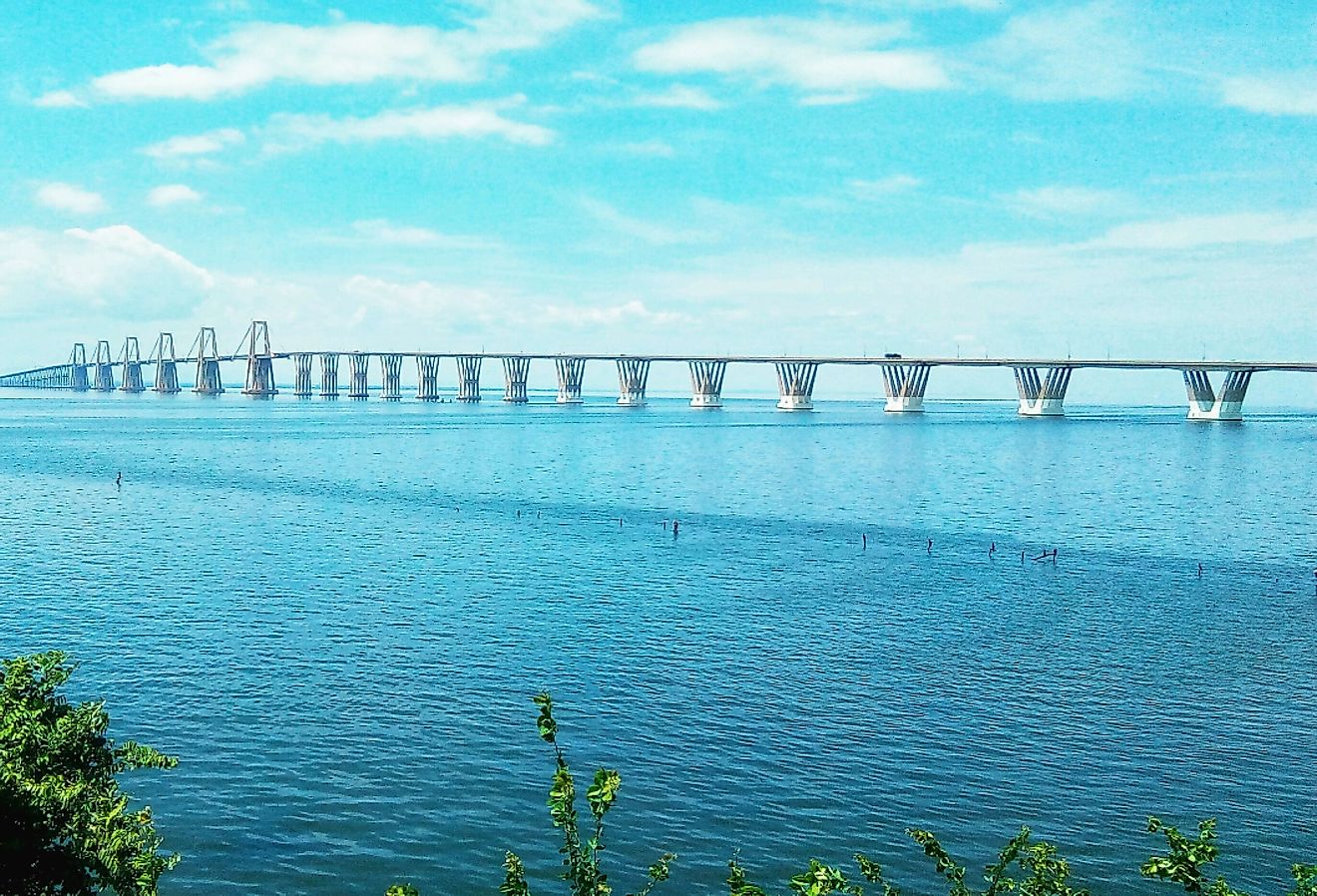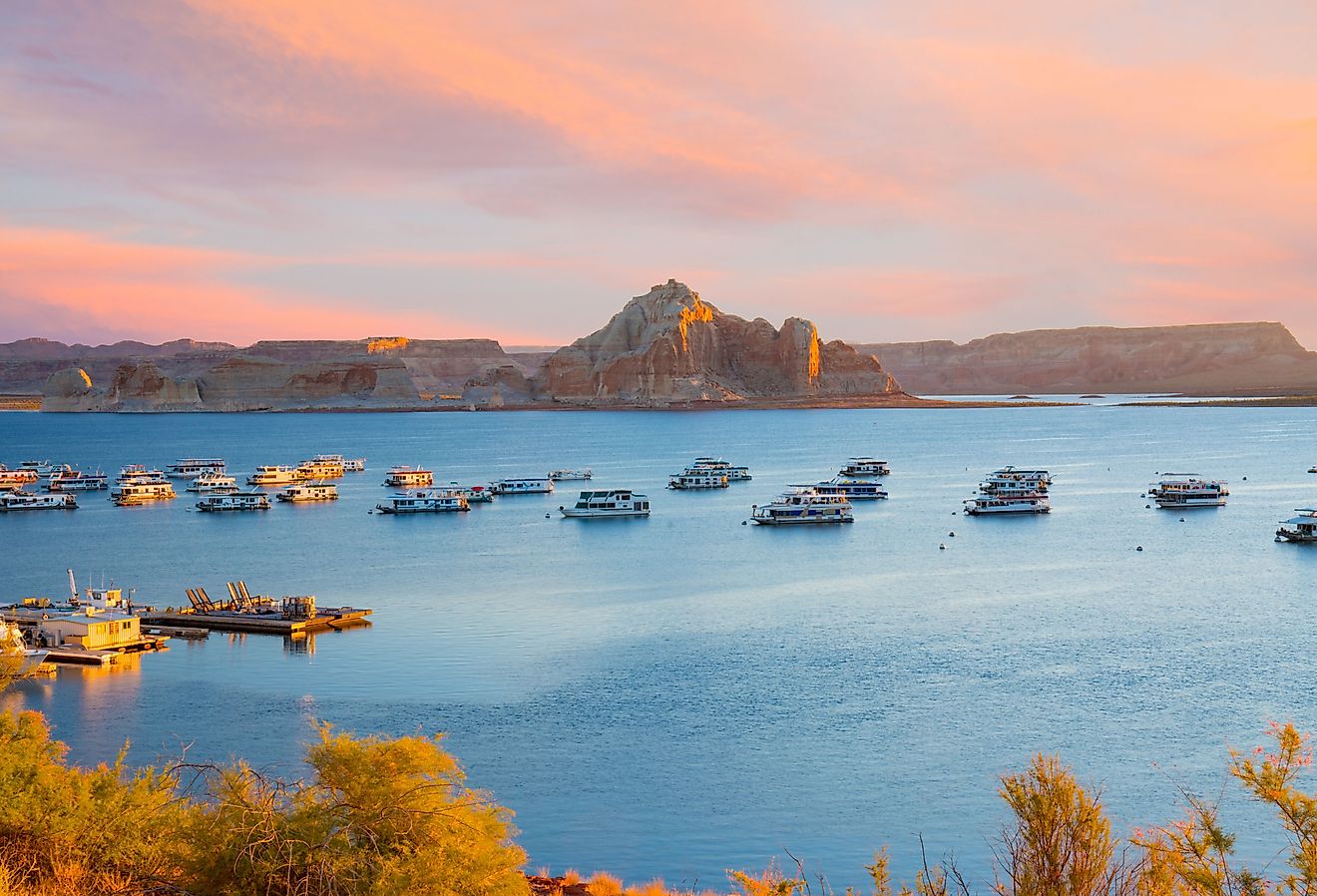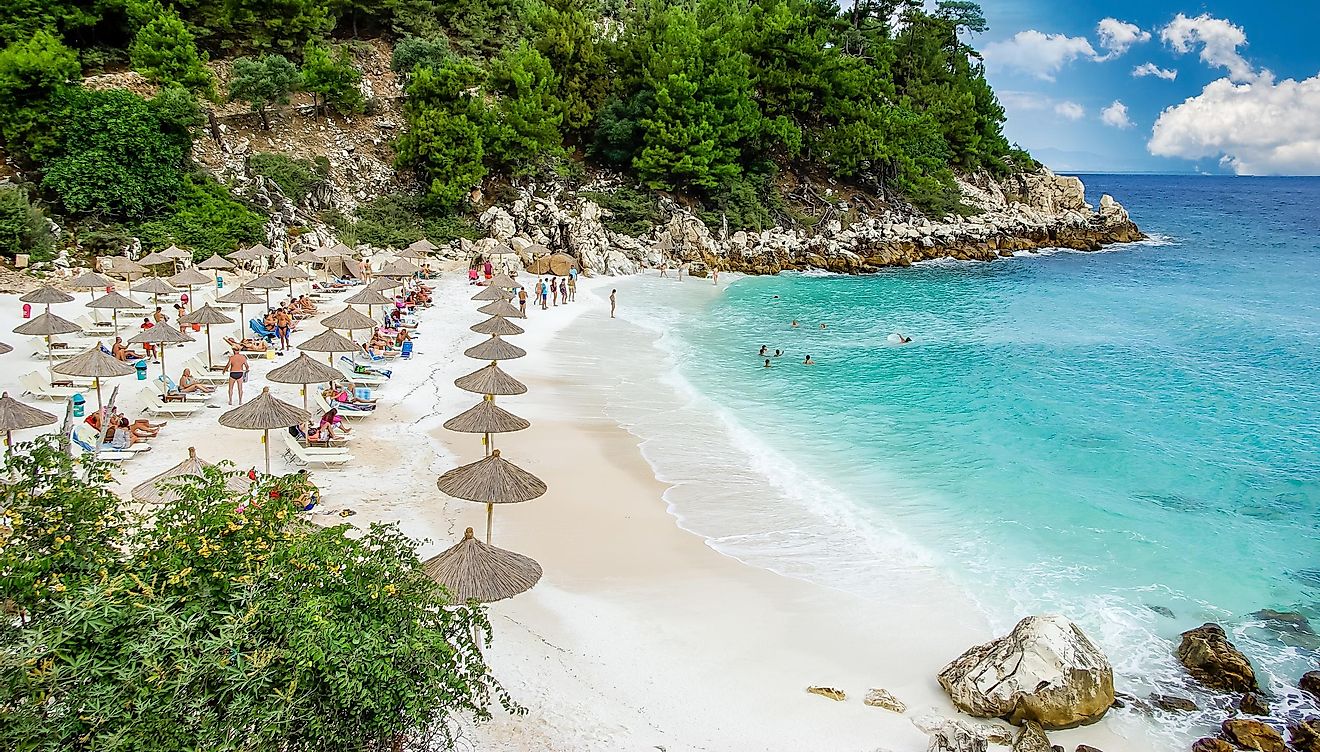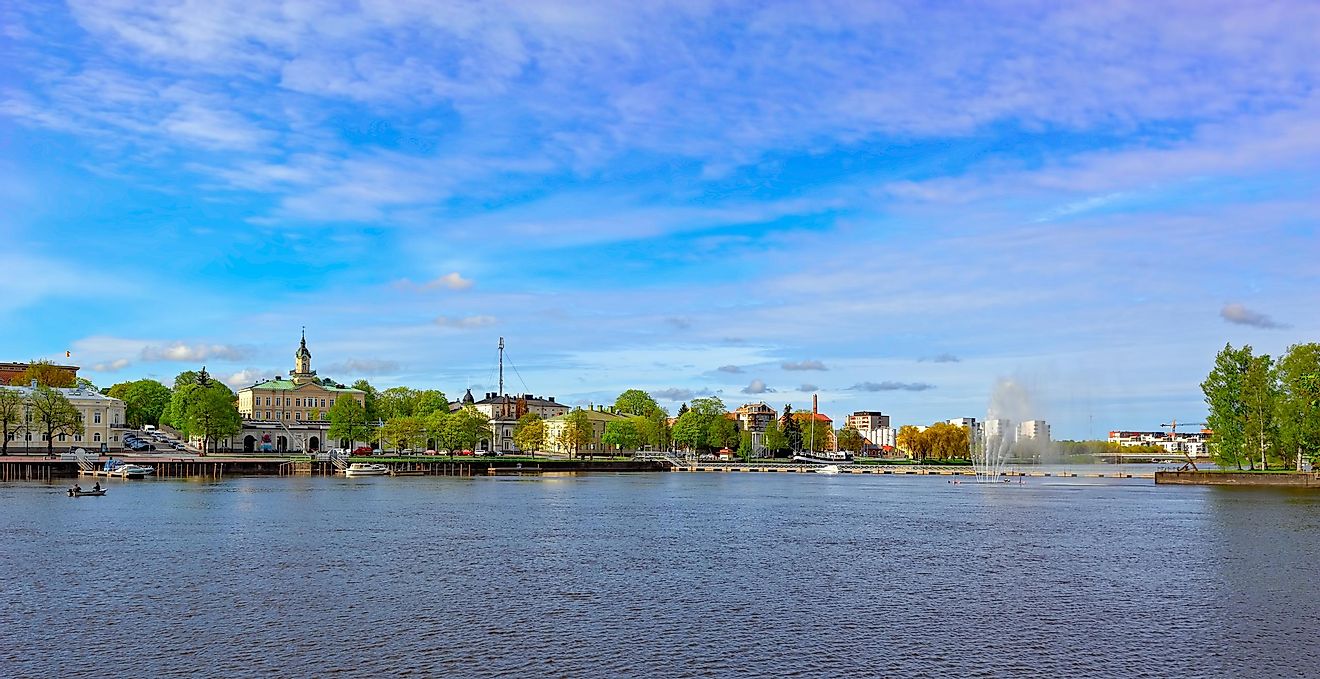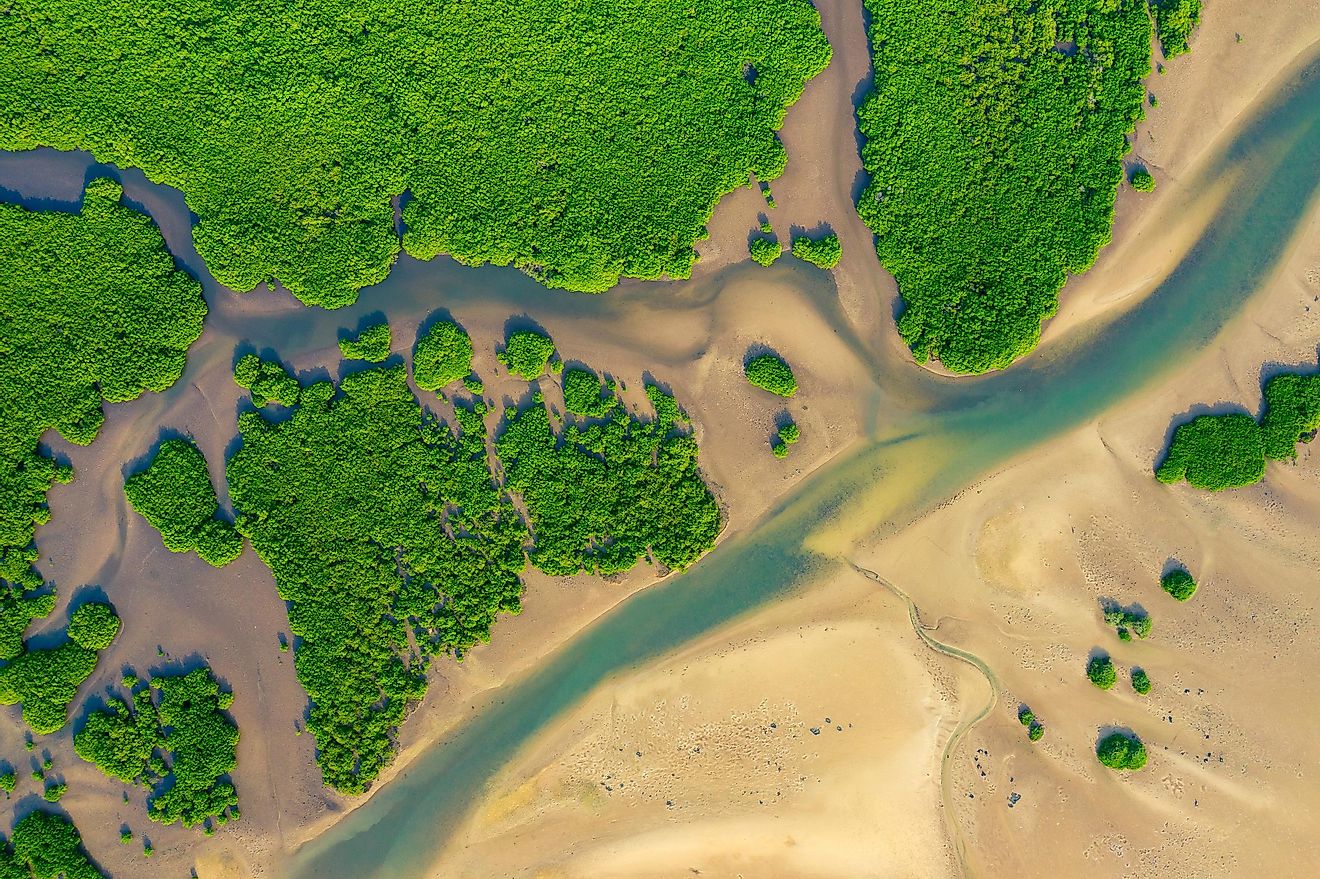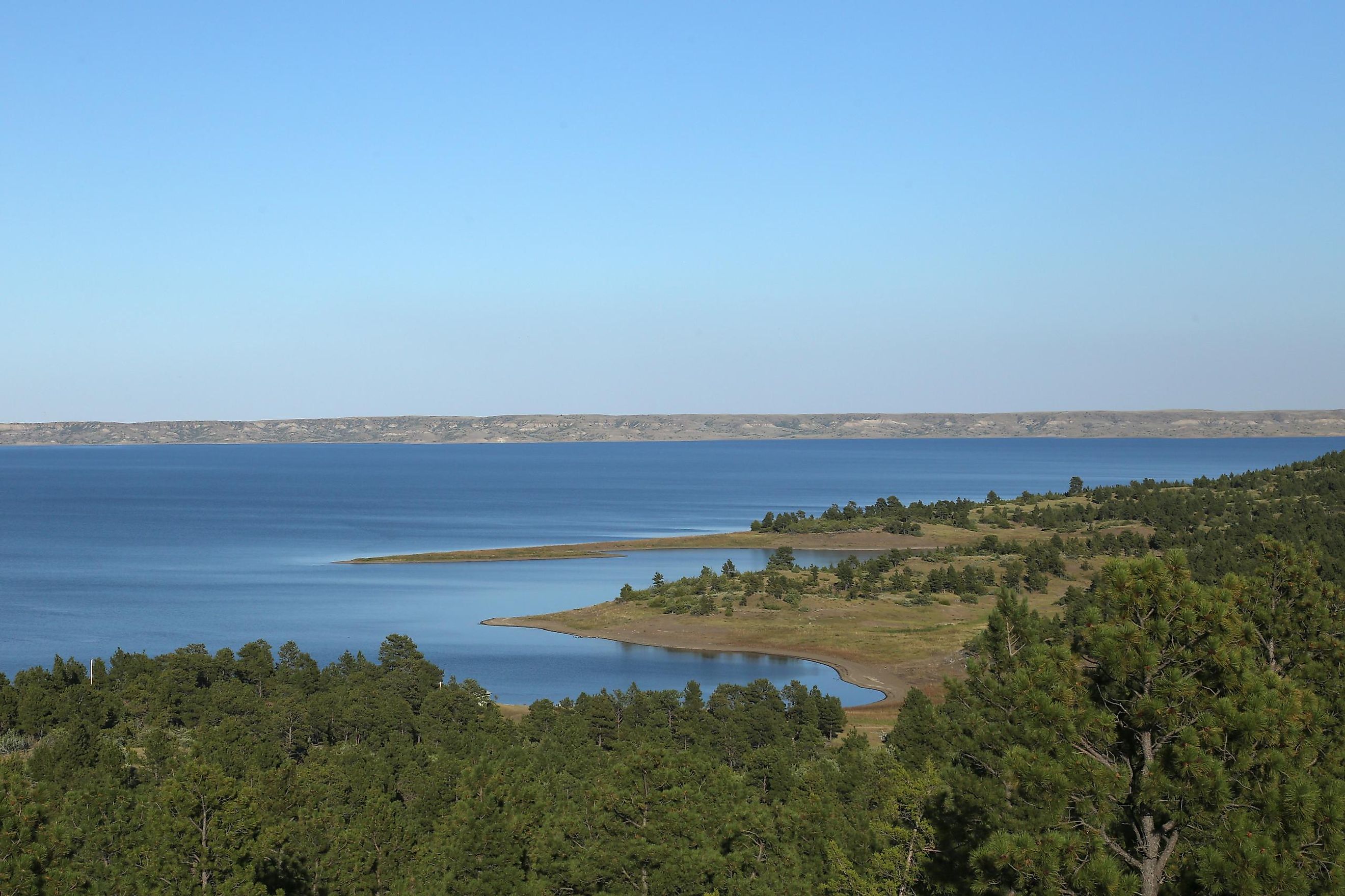
Fort Peck Lake
Fort Peck Lake, tucked away in the natural splendor of northeastern Montana, displays the coexisting harmony of nature, history, and wildlife. Since the Fort Peck Dam was built on the Missouri River, this large reservoir has grown to become a paradise for outdoor enthusiasts. Those who come to Fort Peck Lake in search of both natural beauties and a window into the past are in for an enthralling encounter that cuts across time. We will explore Fort Peck Lake, learn about the fascinating history and varied fauna, and explore the plethora of recreational opportunities that make this a place to remember. The recreational activities around the lake drew the attention of people, and it quickly became a well-liked location for boating, camping, and fishing.
History Of Fort Peck Lake
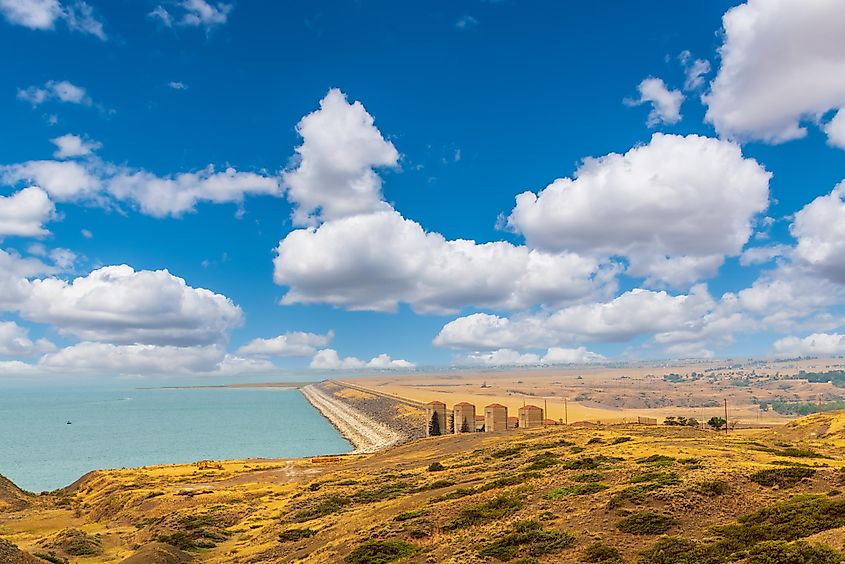
The history of Fort Peck Lake is closely associated with the building of Fort Peck Dam during the Great Depression. The dam was a crucial part of the Public Works Administration, which was established to help towns ravaged by the recession by creating jobs and providing financial support. To accommodate the hundreds of workers involved in the massive dam construction project, which began in 1933, a temporary town named Fort Peck had to be established. This initiative, which was enormous for its time, changed the region's social and economic landscape and created much-needed jobs. It became clear that Fort Peck Lake would be more than just a reservoir as construction of the dam approached completion.
Geography Of Fort Peck Lake
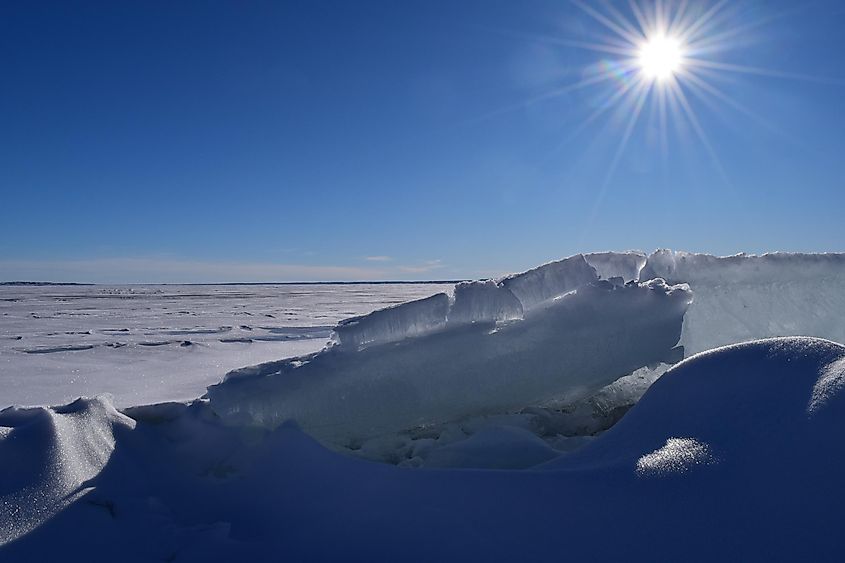
Fort Peck Lake, spanning 134 miles and impressively covering 245,000 acres, is the seventh-largest reservoir in the United States. Large bodies of water encircled by untamed cliffs, rolling hills, and vast meadows define its topography. The Fort Peck Dam, an architectural marvel finished in 1940 as part of the New Deal's public works initiatives, is responsible for the lake's stunning splendor. The dam, which rises to a towering 250 feet, was built mainly to manage flooding and produce hydroelectric power. As a result, four counties, Valley McCone, Phillips, and Garfield, were covered by the reservoir that was created, Fort Peck Lake, which not only provided essential resources but also became a natural beauty in the heart of Montana.
Wildlife In Fort Peck Lake
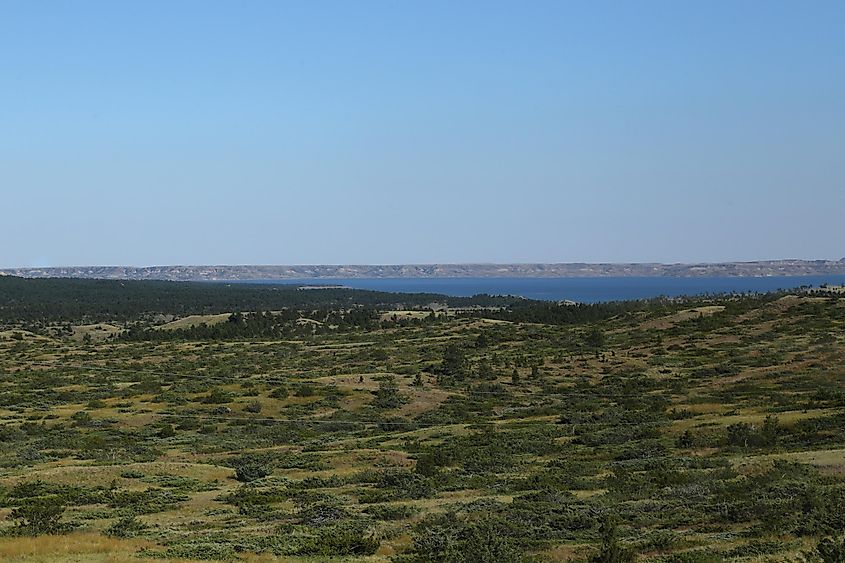
Fort Peck Lake is a refuge for wildlife, offering a variety of habitats that are home to a wide variety of species. Anglers will find paradise in the lake's beautiful waters, which are home to a variety of fish, such as walleye, northern pike, sauger, and smallmouth bass. It is a birdwatcher's dream come true because of the vast shoreline and neighboring grasslands, which are home to a wide variety of bird species. Ospreys, pelicans, bald eagles, and many species of waterfowl are visible to birdwatchers. Adjacent to the lake, the Charles M. Russell National Wildlife Refuge contributes to the biodiversity by providing a haven for native animals such as mule deer, pronghorn antelope, and bighorn sheep.
Recreational Activities In Fort Peck Lake
Camping
There are plenty of places to camp around Fort Peck Lake's vast shoreline. Every type of camper can find something to suit their needs, from well-equipped modern campgrounds to rustic backcountry campsites. There is nothing like waking up to the sounds of nature and the lake as your backdrop.
Boating and Fishing
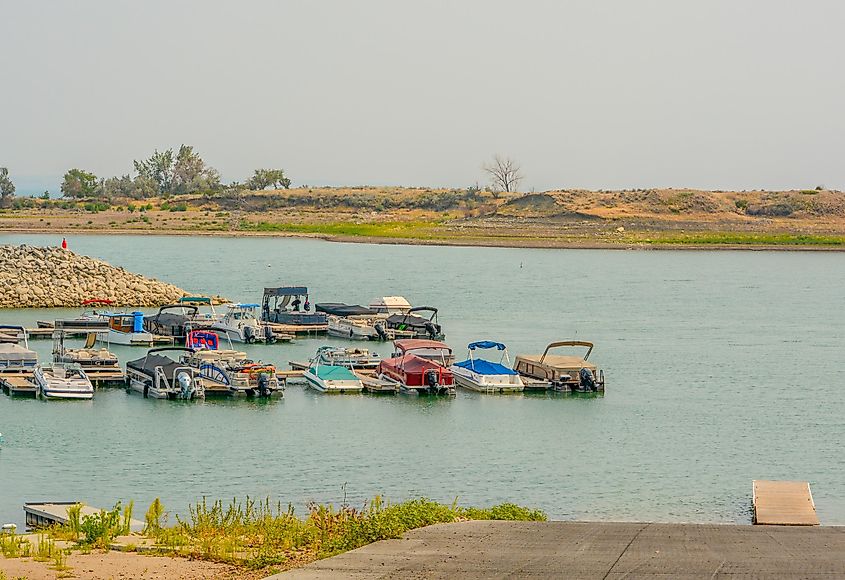
Boaters can explore Fort Peck Lake's expanse and find breathtaking views and hidden coves. The lake can handle various types of watercraft, whether your preference is for a serene canoe journey or the excitement of powerboating. Conversely, fishermen can cast their lines into the crystal clear waters in search of fish that resemble trophies.
Hiking and Nature Trails
The surrounding hills and grasslands provide a picturesque setting for hiking enthusiasts. Trails wind through diverse landscapes, offering stunning views of the lake and its surroundings. Nature lovers can revel in the flora and fauna, spotting wildflowers and wildlife along the way.
Birdwatching
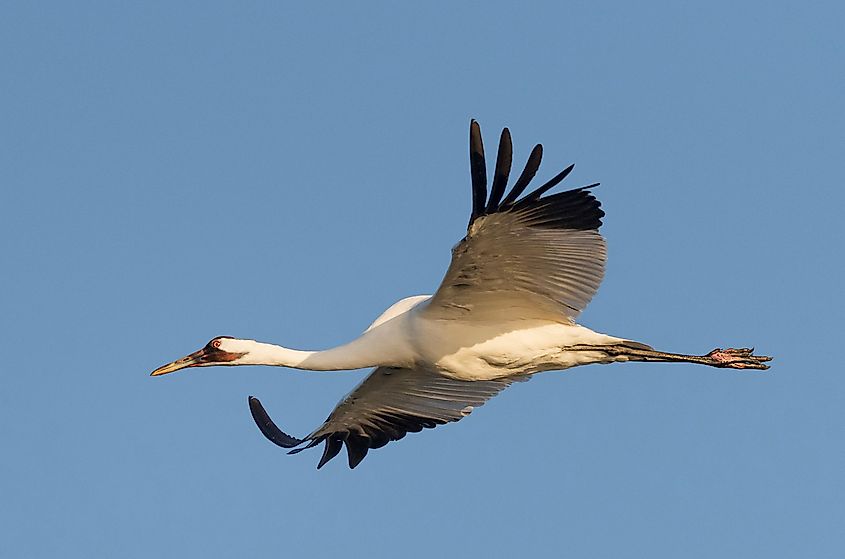
For birdwatchers, Fort Peck Lake is a haven. Observation and photography opportunities abound as several bird species are drawn to the lake's different habitats. For bird enthusiasts, there is an additional level of excitement due to the seasonal migrations.
Historical Exploration
Explore the history of the area by investigating relics from the building of the Fort Peck Dam. Information about the building of the dam and its effects on the surrounding villages may be found at the Fort Peck Interpretive Center. The region's cultural and historical significance can be better understood by visitors.
Embracing The Splendor Of Fort Peck Lake
The beauty of nature and human creativity coexist at Fort Peck Lake. Each aspect of this location, from its breathtaking landscape created by the enormous reservoir to its fascinating history stemming from the building of the Fort Peck Dam, tells a different tale. The lake is a refuge for nature enthusiasts and history aficionados alike, and its diverse wildlife and plenty of recreational opportunities only serve to heighten its appeal. Fort Peck Lake welcomes you to immerse yourself in an extraordinary experience at the nexus of nature and human achievement, whether your preference is for the excitement of boating, the peace of camping, or a historical excursion.
